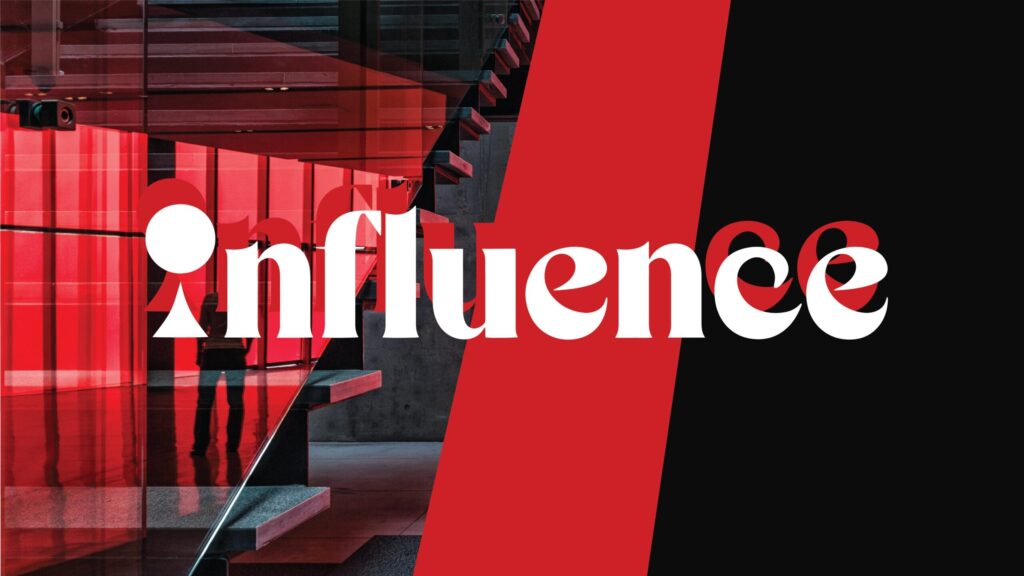A key component of digital marketing is SEO, or search engine optimization, which aims to improve a website’s ranking and appearance on the results page.
While there are many techniques and strategies, one interesting component of SEO is Internal linking, which refers to the practice of inserting hyperlinks within a website’s content to elevate visibility and user engagement.
Internal linking basics
Internal links play a crucial role in website navigation by providing significant connections between various pages. They normally come in the form of hyperlinked text or buttons that lead to relevant content—like blog entries, homepages, or even product pages.
Unlike External links, which direct users to outside sources, internal links keep visitors engaged within the same website. Leveraging these two elements is essential for SEO as we need to ensure the relevancy and exposure of our content.
Internal linking method is guaranteed by experts to provide the best user journey, and that could be made strategically by just adding internal links across the website to guide audiences through all information with ease.
When it comes to internal linking, there are several types that perform specific tasks. Below are the most popular of all.
Contextual links
Contextual links give readers relevant information to improve comprehension and user experience. For example, if you’re reading about “How to improve SEO ranking”, you might be linked to another post titled “The 9 best SEO tools in 2024”.
Navigational links
These links enable users to quickly move between the many pages and sections of a website, usually located in the header or footer. They are typically found in navigation menus, sidebars, or breadcrumbs, which hold a significant role in website usability and structure.
Image links
They are clickable images that lead to relevant pages, often used to explain complicated infographics or for sale purposes. By using these links, you could improve keyword targeting and visual search results.
Text links
Putting a link in a specific word is common when you want to emphasize the definition or keyword context in your content. Balanced text linking makes the navigation placement natural and pleasant from a user’s perspective.
Internal linking best practices
When it comes to internal linking best practices, there are three main factors to consider for the best outcome.
Relevancy
Enhancing user experience and website SEO both depend on linking to appropriate pages based on keywords and context. Through careful selection of linked pages that align with the subject matter, readers are able to obtain extra information that deepens their understanding of the topic at hand.
Anchor text
The anchor text is the descriptive and keyword-rich expression that explains what the customer could expect when clicking to open the link. This gives search engines key information to effectively classify the material. For instance, instead of using the anchor text “click here,” you could use the anchor text “Learn more about SEO.”
Link placement
Link placement is strategic. For the text to remain cohesive and be easier to read overall, links must be placed deliberately and organically throughout the content. Some tips for this would be to position it based on the context relevancy and flow, ensure clarity and visibility, and lastly, put it mid-sentence, images, or the call-to-action part.
How to build a strong internal linking strategy?
To establish a solid internal linking strategy, there are a few important steps required to be taken.
- Site checkup: Conduct an examination of your website’s structure to review existing hyperlinks and identify the situation to see which links are broken or should be improved.
- Choosing the right words: Find relevant keywords that resonate with your audience and place the hyperlinks carefully.
- Content direction: Produce high-quality topic cluster content and use anchor text to naturally map them to your existing pages.
- Optimize website’s navigation: Create a clear, intuitive and user-friendly menu along with an internal search bar to enhance the overall experience.
- Tracking and analysis: Use data as a compass, evaluate how in-content linking impacts the SEO performances like organic traffic and page ranking, and analyze user’s activity to see which links are frequently clicked or need modification.
These guidelines serve as a general direction to crafting an effective internal linking framework. If you need a more detailed consultation regarding this strategy and other SEO services specific to your business, please don’t hesitate to reach out to our expert team for a FREE consultation. Operating at a global scale across Cambodia, Vietnam and China, Influence Media focuses on your growth helping you to reach endless possibilities in the digital world.
Head office: KVBC Business Center, Keo Chenda St Phum 3, Sangkat Chroy Changvar, Khan Chroy Changvar, Phnom Penh, Cambodia
Website: https://theinfluence.ai
Booking via: [email protected]
Call us: (+855) 67 74 00 00
Advanced internal linking techniques
Advanced internal linking goes beyond the basics. Mastering high-level techniques unlock significant advantages, boosting your website’s user experience and SEO. Let’s dive into these three areas:
Cornerstone content
One effective method is recognizing high-value, authoritative pages and linking them in relevant content frequently as this will not only help establish credibility but also boosts your overall SEO ranking. Placing them strategically as mentioned will provide an even better outcome.
Pagination:
When it comes to paginated content, properly linking pages using clear navigation hurdles like “next” and “previous” ensures that your visitors can seamlessly navigate through all the relevant information. By using this self-referencing canonical tag, you avoid duplicate content penalties from search engines and clarify to crawlers which page is the primary source.
Make sure your search engines can comprehend the relationships between paginated parts and that internal links inside the content still work properly if your website has infinite scroll.
Internal link building tools
Using tools like Google Search Console, Screaming Frog, SEMrush, or Ahrefs simplifies the management of your internal linking strategy, which could save you a lot of time and effort.
These tools could also assist you in analyzing your material for potential internal linking opportunities by suggesting suitable pages to link based on keywords and topics.
Niche-specific recommendation
In today’s digital marketplace, standing out from your competitors requires an intense focus on your target group and their demand. But once you get a grasp of the whole SEO marketing concept, there are countless benefits after your website’s optimization. Learn more about SEO benefits.
The recommendations here were tailor-made for each industry to create a network of related products and content that leads consumers to a more satisfying online experience.
E-commerce
There should be a product category link within relevant blog posts and landing pages as well as related product recommendations by leveraging AI Technology to offer a personalized shopping experience. Make sure to feature positive customer testimonials and reviews within your website to establish credibility and social proof of your products.
Blog websites
Grouping related blog posts into series and tagging them with connected keywords made it easier for your audience to find further content within your niche. A strong call-to-action statement linking them to your services shouldn’t be overlooked. You could also collaborate with other bloggers and have them explain your content style for further exposure to new audiences.
News websites
A key to creating an appealing news website is good topic cluster management. Additionally, an attention-grabbing headline is also an important aspect of news articles. Let this be a great first impression, and from there, your clickable image or text should be available for curious readers to dive into the topics more.
Local businesses
You could attract new customers simply by improving your Google My Business listing with positive reviews and clear information about your service. Interlink location pages if you operate at different locations. Lastly, create a link and engage with your current customers through relevant blog posts or interactive contents to build customer’s loyalty.
In summary
Internal linking is essential for user experience and SEO enhancement as it could improve your website’s visibility, provide smoother navigation, and provide perfect recommendations of relevant content. For your business to grow to the next level, it is imperative to incorporate the well-chosen techniques mentioned and utilize the best practice case study fitted to your work fields.
Frequently Asked Questions
What is an ideal internal link number to use on a page?
There is no perfect number to be exact. If you use too many internal links, it could bother users and make the site less attractive. In contrast, the content could be unhelpful if you put too few links. The best way is to follow the flow, add if relevant, and skip if redundant.
Internal link vs. External link, which one is better?
The answer depends. Internal linking is better if you want to make your website organized and have the authorities distributed. On the other hand, external linking is used to enhance the authorities and trust. We suggest using the two, interchangeably.
How can I build a good internal linking strategy?
Analyze your website and use supporting tools to manage your links. Put links in relevant contents and try using multiple types of link (Image links, anchor text…) to keep users engaged and relaxed. Fore more information about the strategy and techniques, please refer to our article above.
How could I track my internal link performance?
To track the performance of your internal links, you could use the SEO analyzing tools mentioned above(Google Search Console, SEMrush, Ahrefs). These will help you identify impressions, clicks and changes in ranking so that you will know which links are working effectively or broken.
Is the internal link consulting expensive?
The price varies depending on your scope of work, the website’s complexity, and the consultant’s expertise. But first of all, you should be clear about your needs and budget. Make a call to several companies and request their free quotes.
If you are still unsure about internal linking and SEO service packages, you might refer to SEO cost for more information.



